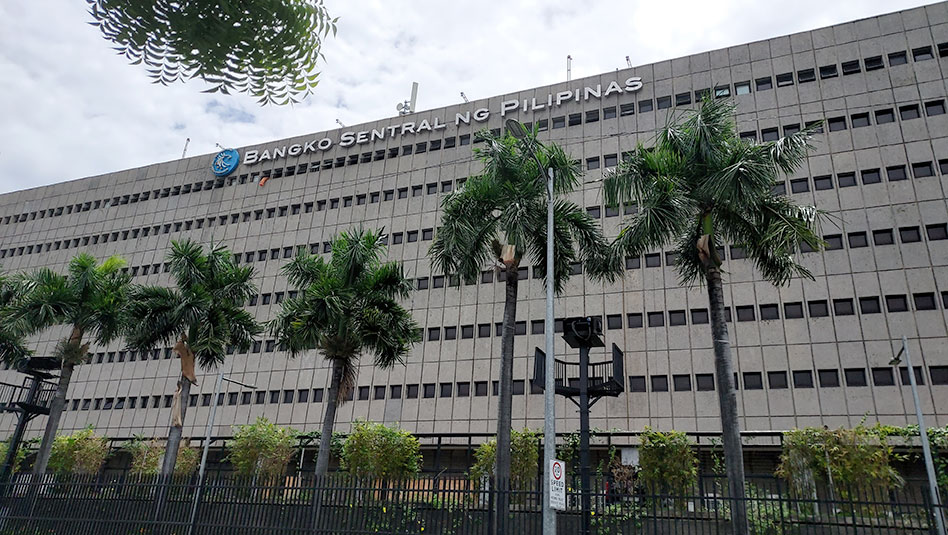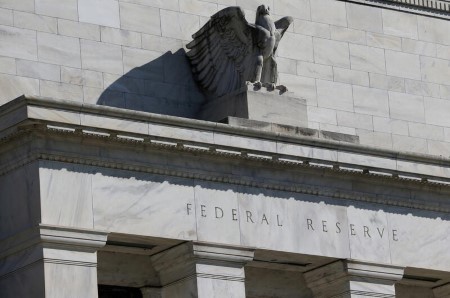




Policy Rate Updates: Closer to BSP’s Goldilocks moment
 DOWNLOAD
DOWNLOAD

Inflation Update: Speeds up but remains below target
 DOWNLOAD
DOWNLOAD

Monthly Economic Update: Fed back on track
 DOWNLOAD
DOWNLOAD


US soft landing means bumpy ride for bonds

LONDON/ NEW YORK, Aug 8 – The name is bond… long bond. The recent jump in yields of long-dated US government debt has sparked a hunt for the culprit worthy of a 007 movie. Traders are right to worry, though. If the world’s largest economy avoids a recession, persistent price pressures may keep rates elevated and compound Uncle Sam’s spending problems.
Fixed-income investors could use a holiday. Yields on 10-year US government bonds reached 4.19% last Thursday, their highest level since November 2022 and not far from the 5-year-high. Yields on 30-year US debt also jumped. Though the market eased on Friday after softer-than-expected US employment numbers, policymakers and corporate executives should still heed the warning signal in bond prices.
There are many factors that contributed to the sharp movement in bond yields. These include the downgrade of US government debt by Fitch Ratings and tighter monetary policy in Japan. But the biggest contributor is the Federal Reserve’s apparent success in guiding inflation back towards its 2% target without choking growth and employment.
This surprise feat, which economists have christened “immaculate disinflation”, has a flip side. If the United States economy can avoid a recession even during the most aggressive monetary tightening in generations, then growth – and inflation – will pick up earlier than expected. That, in turn, will require the Fed to keep rates high, putting upward pressure on bond yields.
Short-term bonds didn’t move much last week, suggesting that investors believe the Fed’s current interest rate is adequate for now. But long-dated bonds, which are much more sensitive to the long-term cost of borrowing, show the market’s outlook has changed. Investors previously believed the Fed’s sharp policy tightening would trigger a recession, leading to a quick reversal in interest rates. Now, as TS Lombard’s Dario Perkins recently wrote, “2% inflation becomes a floor as opposed to a ceiling.”
This shift has another consequence, which is also bad news for holders of government bonds: Washington’s debt interest bill will rise. Even before last week’s market gyrations, the Congressional Budget Office projected that Uncle Sam’s interest costs will double to 3.6% of GDP by 2033. In its credit downgrade Fitch forecast the US government deficit would hit 6.9% of GDP in 2025, up from 3.7% last year.
James Bond had to contend with Goldfinger. Investors in long bonds are fighting Goldilocks.
CONTEXT NEWS
The yield on 10-year US Treasury bonds climbed as high as 4.19% on Aug. 3, the highest level since November 2022. The uptick came one day after Fitch Ratings cut the US government’s credit rating to AA-plus from AAA, with the agency citing the growing federal budget deficit as a key factor in its decision.
The US Consumer Price Index climbed 3% in the year through June, according to the Bureau of Labor Statistics, down from the 9% inflation rate seen in June 2022.
(Editing by Peter Thal Larsen and Sharon Lam)
This article originally appeared on reuters.com





 By Reuters
By Reuters